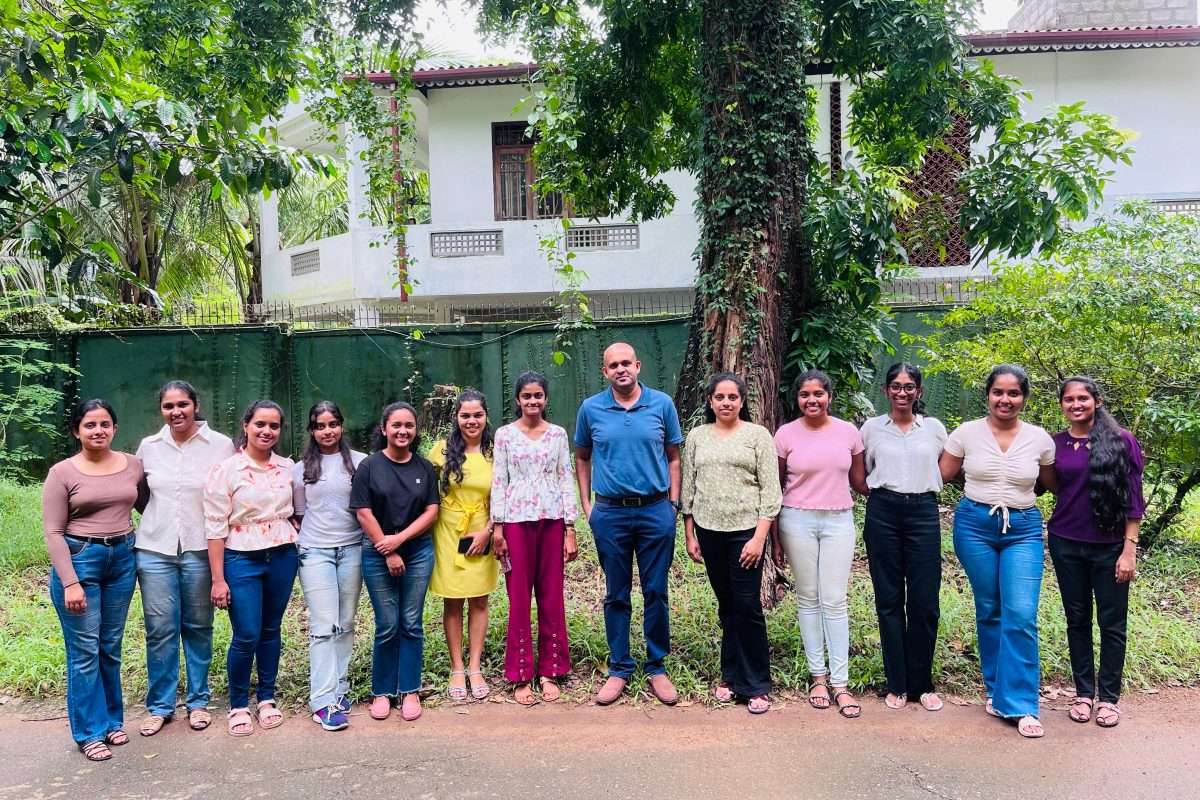Reliance on visual inspection for Maize leaf disease identification proves unreliable, often resulting in inappropriate pesticide application and associated health hazards. Food security requires precise and automated disease detection methods to save time and prevent crop losses. Although several studies have used deep and machine learning to detect plant leaf diseases from different perspectives, most of them require numerous training parameters or have low classification accuracy. Furthermore, a model that was developed for one region of the world might not be appropriate for another due to distinctions in morphology and other aspects. In this context, an application for mobile phones was developed that recognizes and classifies maize leaf diseases using a CNN-based pretrained VGG16 architecture. The model can detect northern corn leaf blight, common rust, and gray leaf spots in maize leaves in tropical climates. A total of 3024 images were used to generate the underlying model, including publicly available and field-collected images. The established model uses fewer training parameters to attain a training accuracy of 95.16% and a testing accuracy of 93%. The model provides farmers with an early warning system for early detection of plant diseases, enabling them to take preventive measures before significant production deficits occur.https://www.tandfonline.com/doi/full/10.1080/01140671.2024.2385813
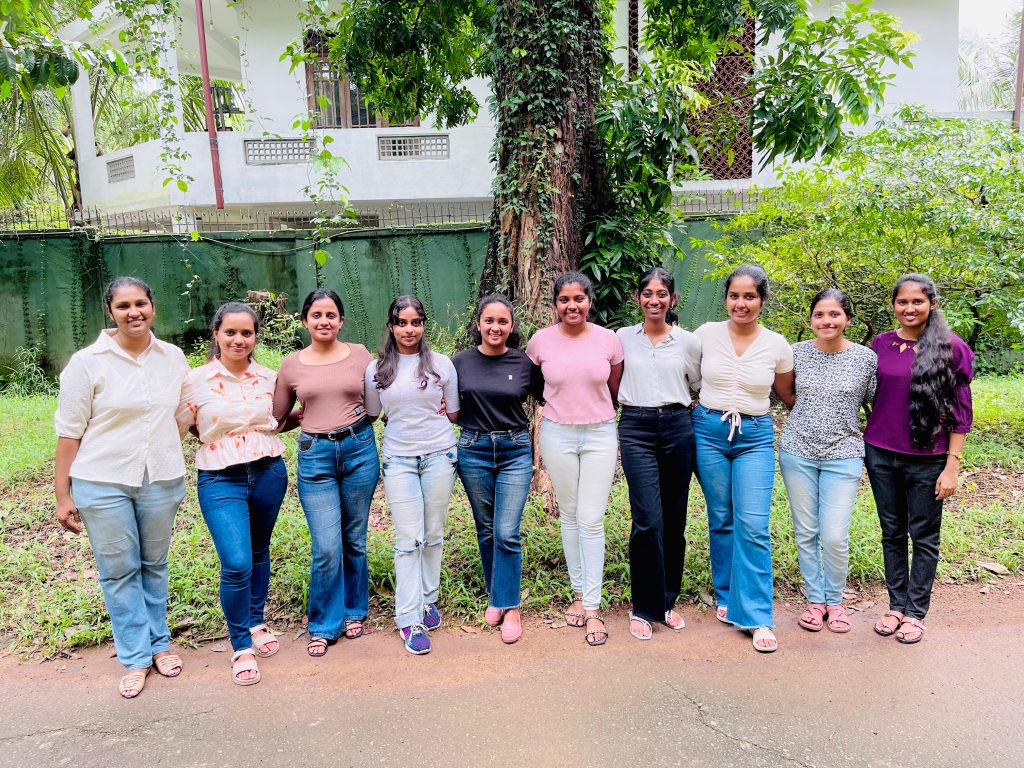

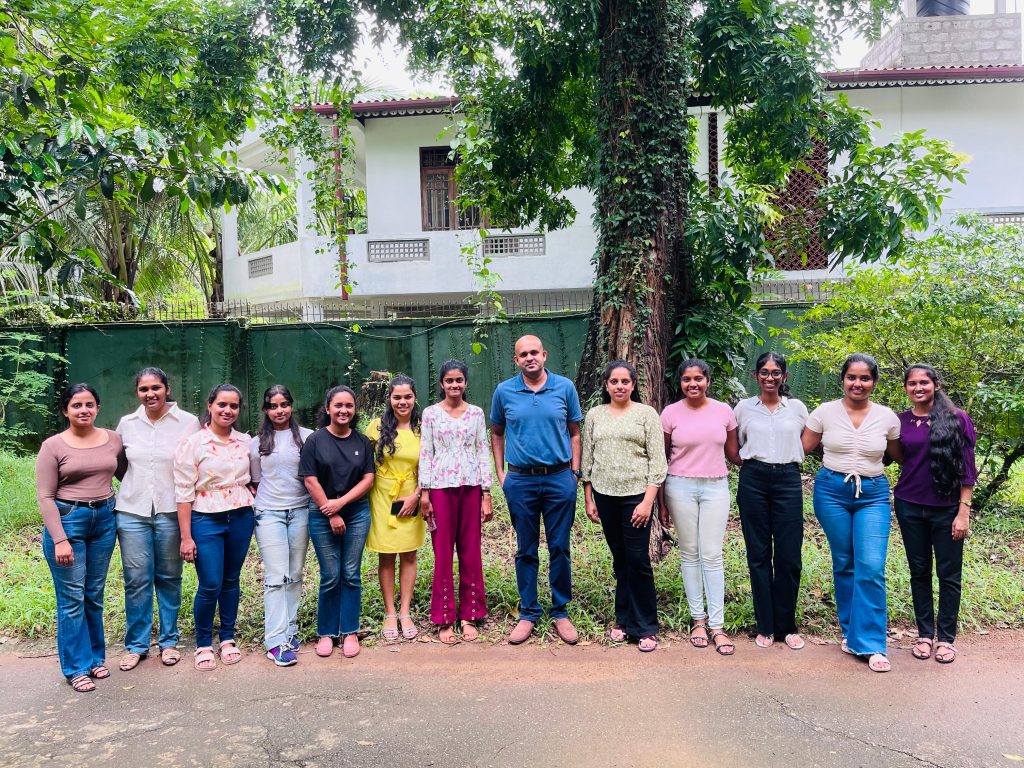
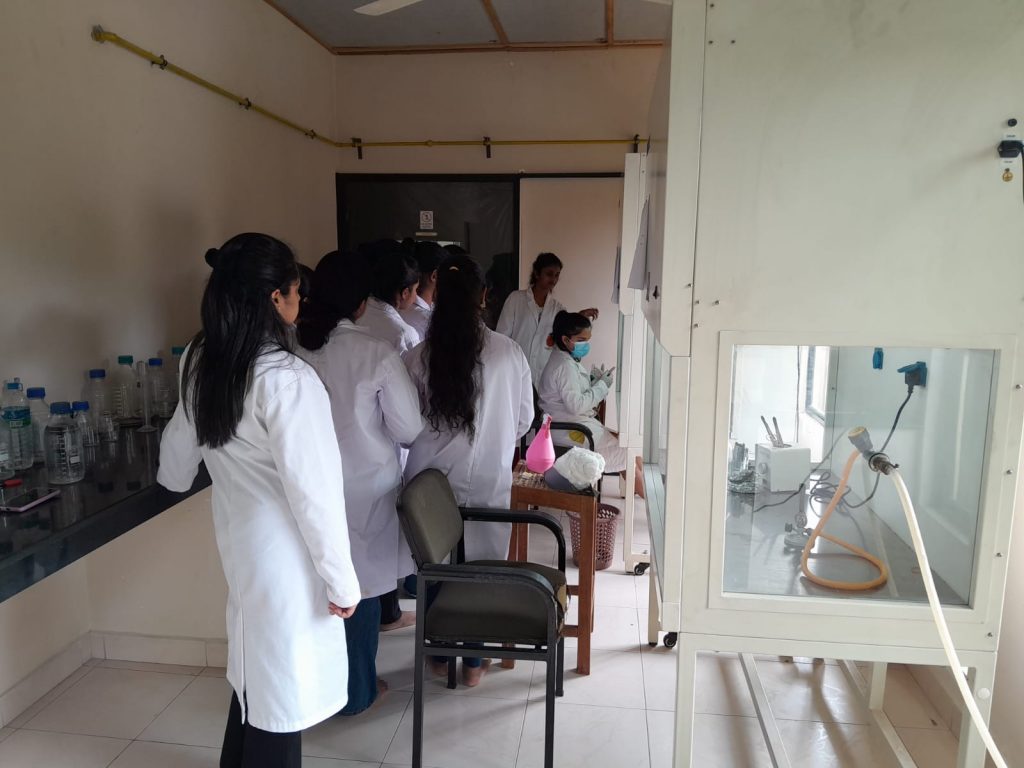
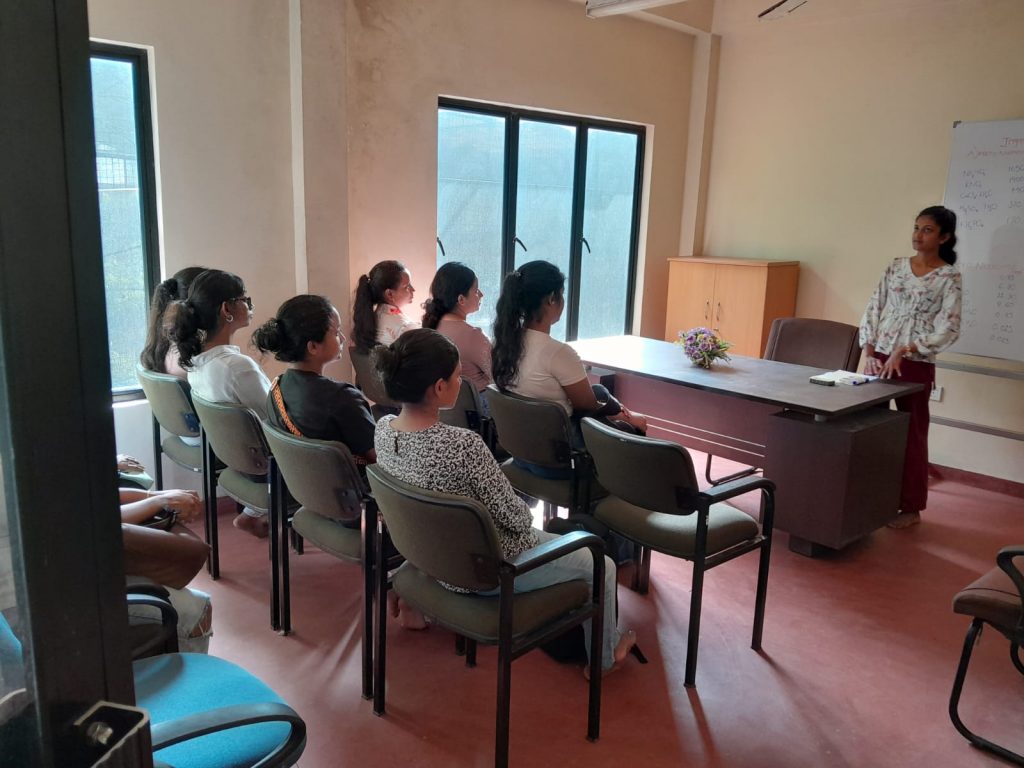
One-day workshop and field visit for the fourth-year students on plant tissue culture at the Floriculture Research Centre Henarathgoda Botanical Garden, Gampaha.
Melanommataceous species exhibit high diversity with a cosmopolitan distribution worldwide and show a prominent saprobic lifestyle. In this study, we explored five saprobic species collected from plant litter substrates from terrestrial habitats in China and Thailand. A combination of morphological characteristics and multi-locus phylogenetic analyses was used to determine their taxonomic classifications. Maximum Likelihood and Bayesian Inference analyses of combined LSU, SSU, ITS and tef1-α sequence data were used to clarify the phylogenetic affinities of the species. Byssosphaeria poaceicola and Herpotrichia zingiberacearum are introduced as new species, while three new host records, Bertiella fici, By. siamensis and Melanomma populicola are also reported from litter of Cinnamomum verum, Citrus trifoliata and Fagus sylvatica, respectively. Yet, despite the rising interest in the melanommataceous species, there is a considerable gap in knowledge on their host associations and geographical distributions. Consequently, we compiled the host-species associations and geographical distributions of all the so far known melanommataceous species
This study explores the intriguing regional disparities in the characteristics of green dwarf tender coconut water (Cocos nucifera L. var. nana) in Sri Lanka. Physicochemical parameters of coconut water subjected to a comprehensive analysis following standard AOAC methods. The prevalent sugar types in the samples were identified as fructose and glucose, with a minute amount of sucrose using High-Performance Liquid Chromatography (HPLC). Notably, regional differences in sugar profiles were observed during the analysis. Kurunegala samples exhibited significantly higher levels of total soluble solids (5.98 ± 0.12°Brix), along with elevated total sugar (70.13 ± 5.06 mg mL−1), total reducing sugar (68.53 ± 5.57 mg mL−1), glucose (39.65 ± 6.10 mg mL−1), and fructose (37.65 ± 7.12 mg mL−1), while Colombo samples demonstrated the least values. Regarding pH values, Colombo samples exhibited a significantly lower value (4.87±0.10). Furthermore, a significant quantity of macro minerals such as calcium, sodium, potassium, and magnesium, along with trace minerals like iron and zinc, were identified. Fourier-transform infrared spectroscopy analysis indicated the presence of functional groups from simple sugars and phenolic compounds as major chemical bonds for all regions. Principal Component Analysis was performed considering the Electronic Nose (E-nose) data, revealing distinctive volatile profile clusters for Kurunegala and Colombo samples. Moreover, sensory evaluations confirmed Kurunegala as the most preferred, while Colombo was ranked as the least preferred in terms of organoleptic characteristics. These findings underscore the critical importance of regional variations in the nutritional content and sensory attributes of coconut water, which play a pivotal role in influencing customer preferences.



